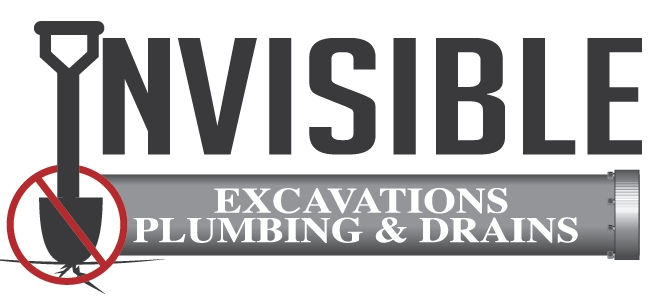Not long ago most sewer problems required digging up and replacing an entire length of sewer line. This is an expensive and time-consuming process that leaves the surrounding area damaged for years. However, recent advances in plumbing technologies have created techniques that can fix a sewer problem without any messy and expensive digging. One such technique is known as cured-in-place piping or CIPP.
Below is a brief outline showing how CIPP can solve your sewer problems without having to dig.
Preparing Pipes
Before the CIPP (Sewer and drain pipe repair) process begins, the sewer pipe being repaired is removed from service. This may involve the bypass pumping of any on-going sewer flows on your property. Before the lining process begins, the pipe is inspected and cleaned using remote viewing tools. The debris, deposits and waste are then flushed out of the pipe, leaving it clear and clean.
Design and Materials
CIPP liners made from non-woven polyester fiber or felt reinforced fabric are then made that will fit in the host pipe. The liners are then impregnated with a resin polymer that forms a tight-fitting liner pipe inside the host pipe when cured. The liner will have the necessary thickness when it is cured to manage the load created by external groundwater, soil and traffic, and internal service pressure that acts on the pipe. The liner is totally saturated with polyester, silicate resin or vinyl ester epoxy using either a vacuum, gravity or some other form of applied pressure. The resin contains a catalyst chemical that will help initiate the curing process.
Installation
CIPP uses two main methods of installation. The inversion method uses a tower of scaffold to apply water pressure that turns the liner inside out and pushes it through the host pipe. The other method uses winches to get the liner into place, and then inflates them until they contact the inside of the host pipe. CIPP liners can be inverted or inflated using either water or air pressure. The length can vary from a short section to cover a defect or joint, up to linings that cover the full length of 300 to 600 feet. In rare occasions, lengths up to 1000 feet are installed in a single process.
Curing and Testing
The temperature is very important for the curing process. The liner will cure on its own at an ambient temperature, but heat can be used in various ways to accelerate the process. This is usually achieved by the circulation of inversion water in a boiler, which blends inflation air with steam, or through pulling a UV light train from one end to the other. Once the pipe is cured, the liner needs to cool. The liner ends are removed, and then a seal applied where necessary. The curing steam condensate or water is flushed from the pipe, and the trimmings from the liner are cut and safely disposed of. Finally, a section of liner is tested to ensure that it meets performance specifications. Sample of the CIPP are taken from pipe ends or a mold that has been cured under the manufacture conditions. When the process is finalized, the service connections are opened and the pipe is returned to normal function, usually by the end of the same day.

